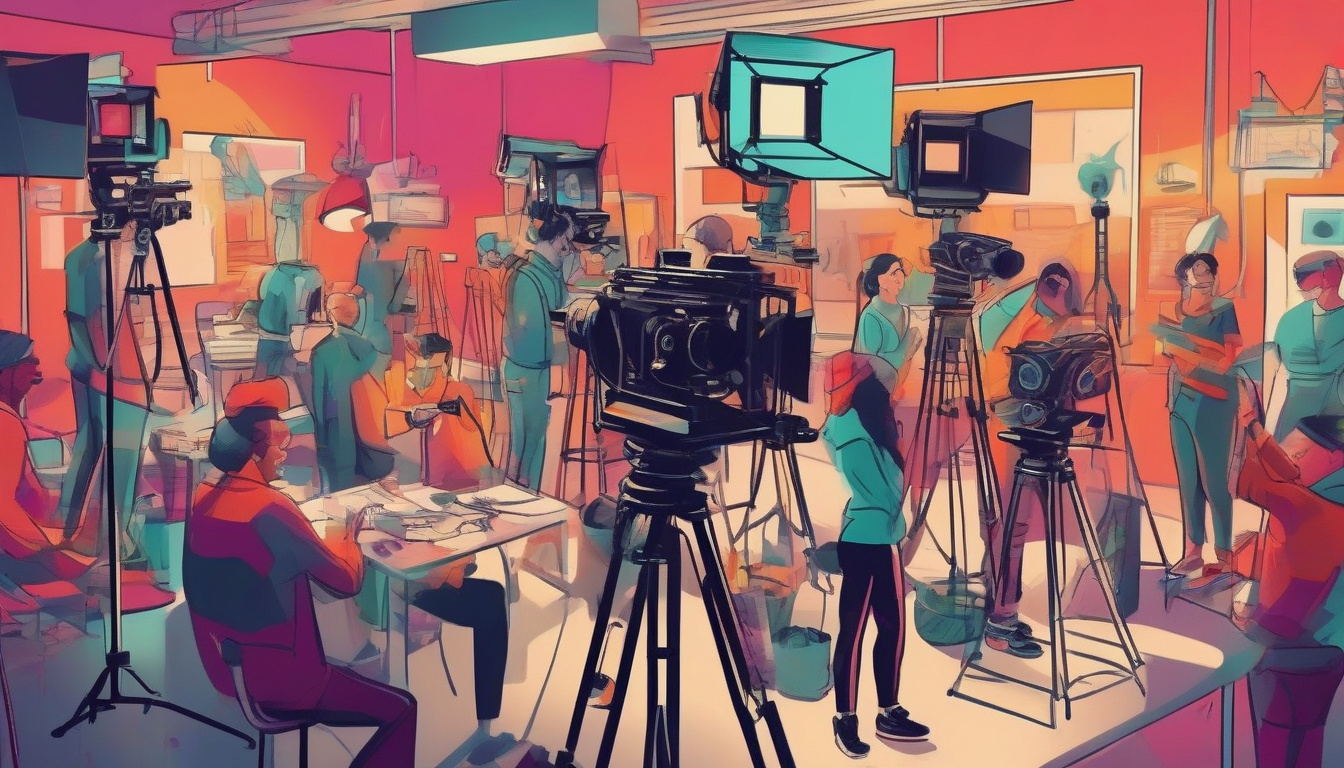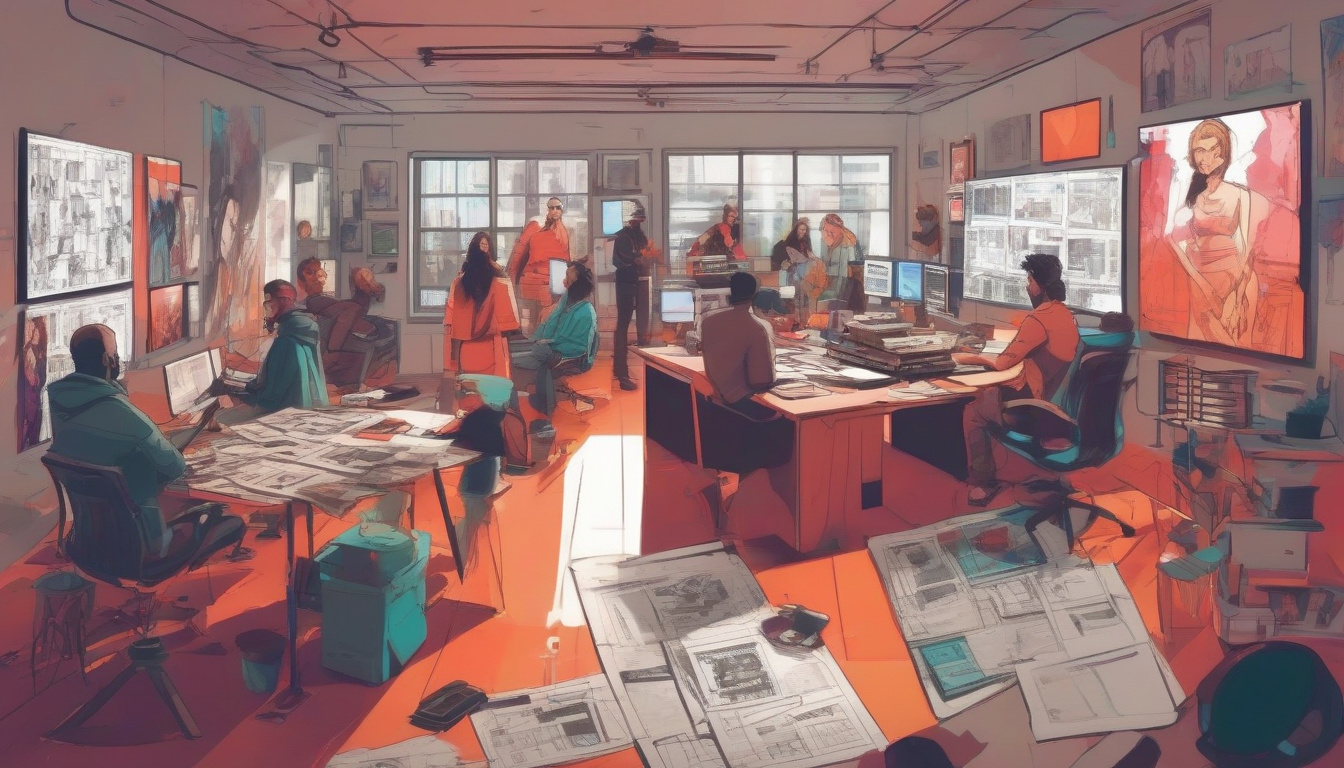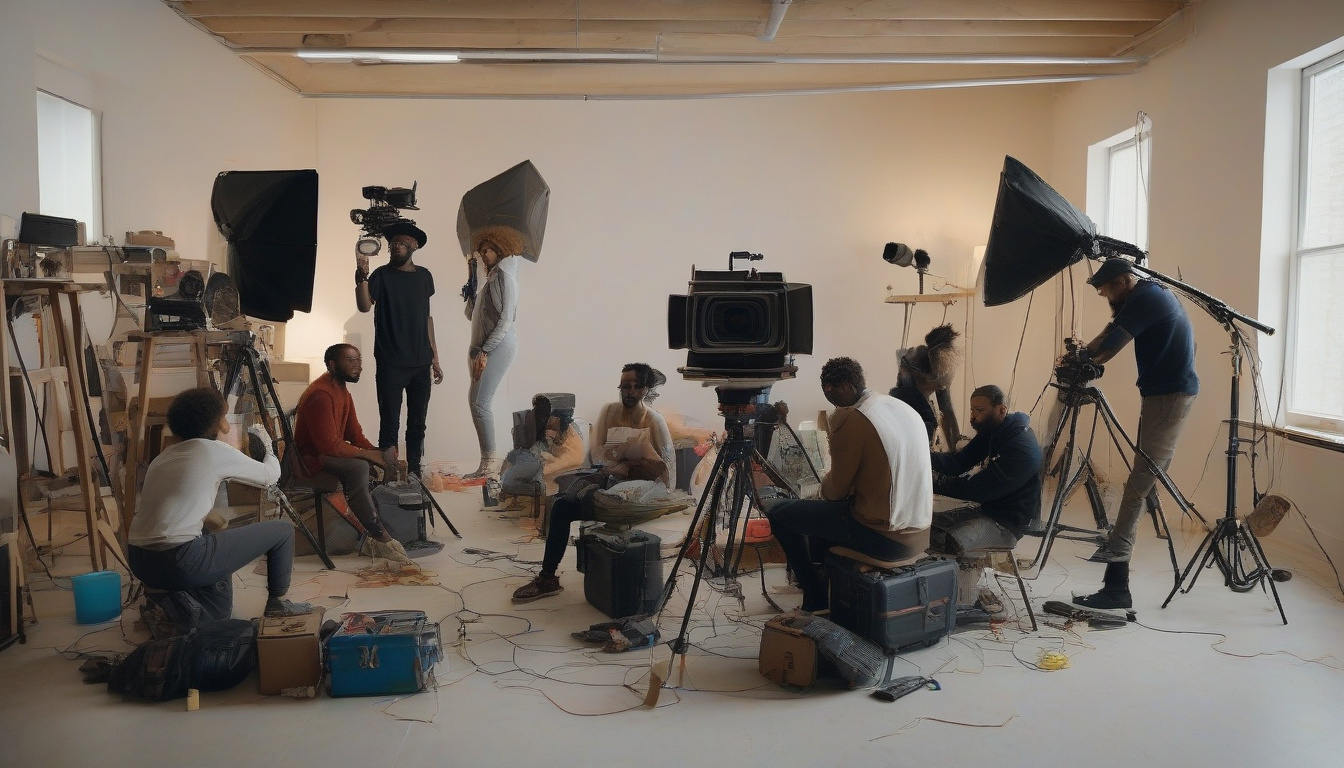
Welcome to the Wondrous World of Screenwriting!
So, you fancy yourself a storyteller, eh? Perhaps you’ve decided to take that plunge into the glitzy pool of cinema and write a screenplay. Sure, you might be envisioning your name in lights, hobnobbing with stars, and maybe even clutching that Oscar! But before you rent your tux or gown for the red carpet, there are a few things you’ll need to master in the craft of screenwriting. Fasten your seatbelts, it’s going to be a bumpy, yet exhilarating ride into Screenwriting 101!
The Toolbox: What You’ll Need to Get Started
Software: First things first, ditch the quill and ink. Screenwriting demands a specific format that could make even the bravest souls wither. Thankfully, technology is here to save the day. Software like Final Draft, Celtx, and Scrivener comes equipped with all the formatting features you’ll need to make your script look professional from fade in to fade out.
Books: Stash that screenplay idea in your noggin for a moment—it’s time to hit the books. Titles like Save the Cat by Blake Snyder, Story by Robert McKee, and The Screenwriter’s Bible by David Trottier should be sacred texts on your shelf. They offer marvelous insights into the structure, dialogue, and character development essential for any budding screenwriter.
Understanding Script Elements
1. Structure is Your New Best Friend
Think of your screenplay as a skeleton; the structure is the bones that hold it all together. Most films follow a three-act structure:
- Act 1: Setup (Introduce the world and your characters.)
- Act 2: Confrontation (The meat of your story where obstacles abound.)
- Act 3: Resolution (All conflicts come to a head with a satisfying conclusion.)
This classic blueprint helps keep your script from turning into a directionless ramble in the cinematic woods.
2. Dialogue: Speak Easy
Writing dialogue that sings is no small feat. Always remember, film is a visual medium. Show, don’t tell, and let your characters’ words cut like a knife when they do talk. Quippy, authentic dialogue can turn a good movie into an unforgettable one. Think of the snappy exchanges in Pulp Fiction or the heart-wrenching monologues in Forrest Gump.
3. Characters: The Heartbeat of Your Story
You could have the most thrilling plot in the world, but if your characters are as flat as a soda left open overnight, well, you’re in trouble. Characters should have desires, fears, and flaws that are relatable or intriguing. These traits drive their choices and create conflict, the lifeblood of any story.
Formatting Fun
Nailing screenplay format is essential unless you want your script to be decorating a recycling bin. Here’s the scoop:
- Your script should be written in 12-point Courier font.
- Scene headings, action descriptions, character names, and dialogue all have specific places and forms.
- Margins and spacing matter. A lot. One formatted page generally equals one minute of screen time.
This might seem tedious, but in the world of screenwriting, format speaks louder than words.
Writing Your First Draft
Alas! With the prep work out of the way, it’s time to write the magnus opus. Here’s a quirky tip: write your first draft with wild abandon. Ignore the perfectionist within. Let your creative spirits run free! You can — and should — edit mercilessly later. Remember, even Tarantino probably doesn’t nail it on the first try.
Once your first draft is done, the real fun begins: rewriting. This phase is where your script gets polished until it shines like the top of the Chrysler building. Get feedback, kill your darlings (figuratively), and hone your dialogue.
Final Thoughts Before Your Script Goes Out
Now that you’ve written and polished your screenplay, it’s ready to face the world. Whether you’re pitching it to an agent or entering it into contests, make sure it’s the best reflection of your vision. And remember, rejection is merely rerouting in the journey of a screenwriter’s life. So, keep writing, keep dreaming, and keep the coffee flowing. Who knows? Maybe that acceptance speech isn’t so far out of reach after all!
Happy writing, future Spielbergs and Tarantinos. May your words dazzle, your characters leap off the page, and your plots twist like a pretzel. Welcome to the addictive tumult of screenwriting!






